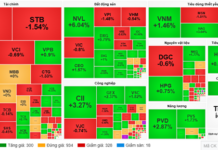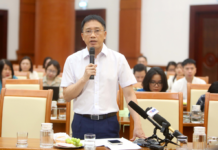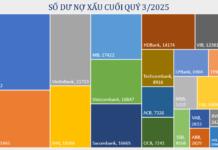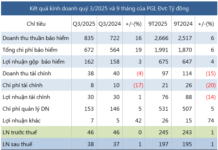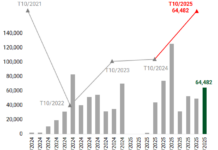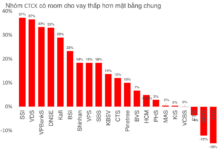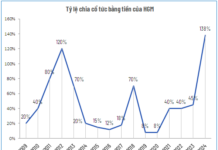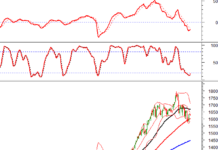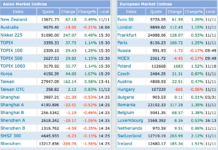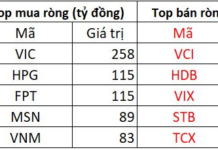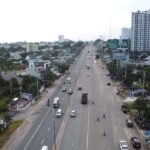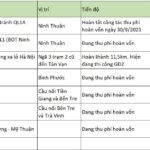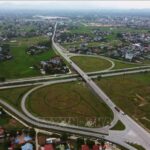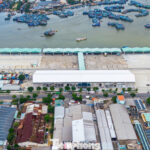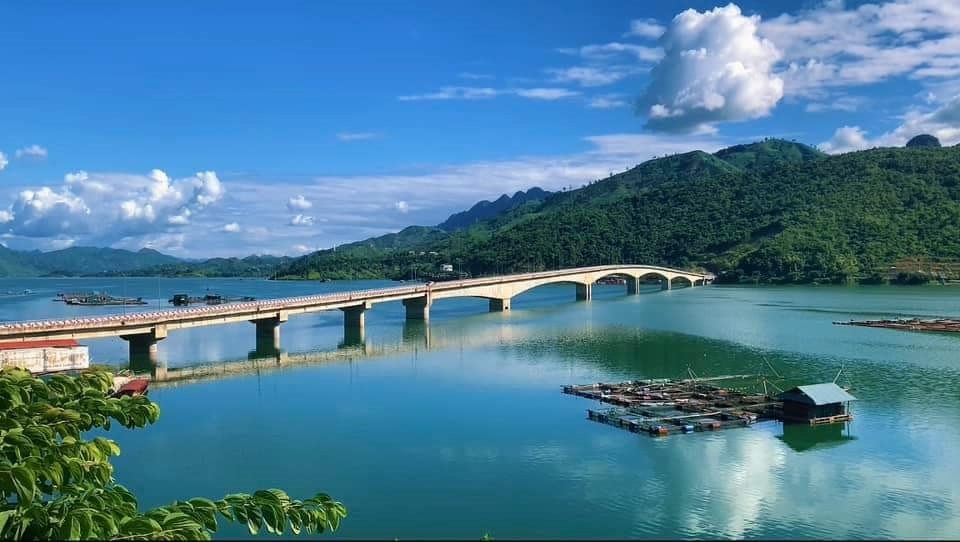
Over a decade has passed, and amidst the rapid advancement of technology and the emergence of numerous large-scale bridge projects, the title of Vietnam’s tallest bridge pier remains with the Pá Uôn Bridge.
Construction began in 2007, and the Pá Uôn Bridge in Sơn La province made waves as a fully Vietnamese-made project. Every aspect, from design to construction, was executed by Vietnamese experts.
The bridge boasts a main pier standing at 98 meters tall, with a height of 105 meters from the water’s surface to the bridge deck, earning it the title of Vietnam’s highest bridge. At the time, Pá Uôn was also considered a vital transportation link connecting Sơn La with other northwestern provinces like Lai Châu, Điện Biên, and Lào Cai. It spans the majestic Đà River and is located on National Highway 279 at kilometer marker 250+143.59.
The bridge opened to traffic in 2010. The driving force behind the success of the Pá Uôn Bridge is Cienco4 Group Joint Stock Company (C4G).
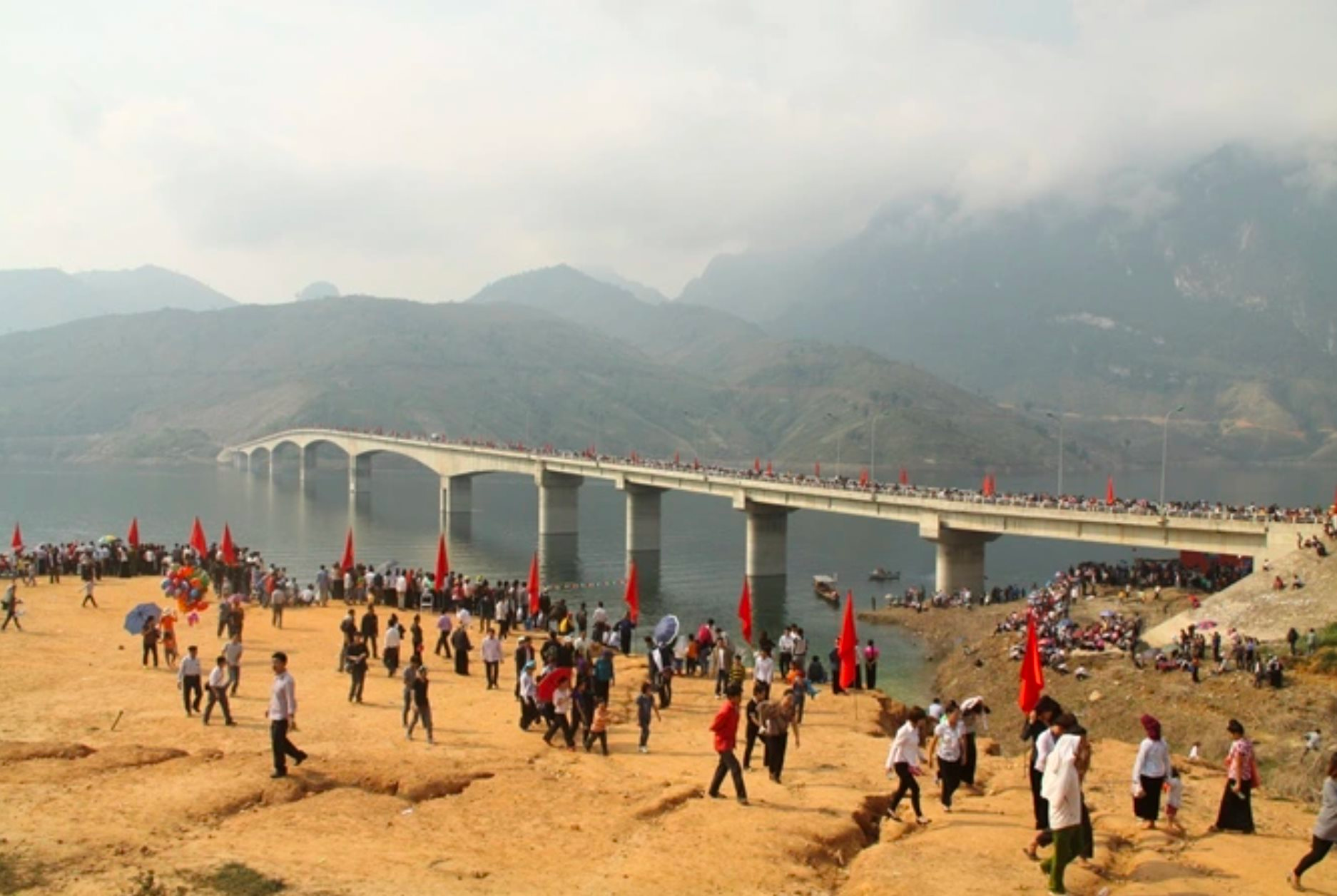
Image: Initially, Pá Uôn was also known as the bridge with the tallest piers in Southeast Asia.
A 62-Year-Old Contractor and a Pioneer in BOT Projects
C4G is the successor to the Construction Bureau of the Ministry of Transport, established on December 27, 1962, with the mission of ensuring transportation during the Vietnam War.
In late 1991, C4G officially separated from the Union of Transport Construction Enterprises 4, rebranding as the Central Transport Construction Corporation. This marked a period when Vietnam’s economy transitioned to a market-based system, where competition became the key to survival.
Amidst the nationwide challenges posed by outdated technology and equipment, C4G restructured its management and production systems, prioritizing innovation and the adoption of new technologies. The former CEO of the Group once shared that between 1996 and 2004, the Group invested approximately 675 billion VND in acquiring advanced equipment from developed countries such as Japan (Lurung, Sakai), South Korea (asphalt concrete mixing plants), and Germany (asphalt pavers, cement concrete pavers, and pile drivers).
This led to the introduction of cutting-edge technologies in Vietnam, such as the push-launch casting method at Hiền Lương Bridge and high-grade cement concrete pavement construction for flooded sections of National Highway 1A between Vinh and Đông Hà. Notably, by mastering cable-stayed bridge technology, C4G constructed the Đakrông Bridge, Vietnam’s first domestically designed and built cable-stayed bridge on the Ho Chi Minh Highway.
C4G was also a pioneer in BOT (Build-Operate-Transfer) investment. In the early 21st century, when BOT and BOO (Build-Own-Operate) models were still novel in Vietnam, especially in infrastructure development, C4G partnered with Thăng Long Construction Corporation to build the Yên Lệnh Bridge using the BOT model.
Using the BOT model, the Group subsequently won bids for the Vinh City Bypass on National Highway 1 (with a total investment of nearly 400 billion VND) and the Thái Nguyên – Chợ Mới BOT project with a total investment of 2,746 billion VND.
Currently, C4G is involved in constructing components of the North-South Expressway, such as the XL04 package for the Nghi Sơn – Diễn Châu section and the XL02 package for the Dầu Giây – Phan Thiết project. They are also one of the contractors for the 8,100 billion VND technical package at the Long Thành International Airport megaproject.
Business Efficiency Only Truly Achieved in 2022 – With the Surge in Public Investment
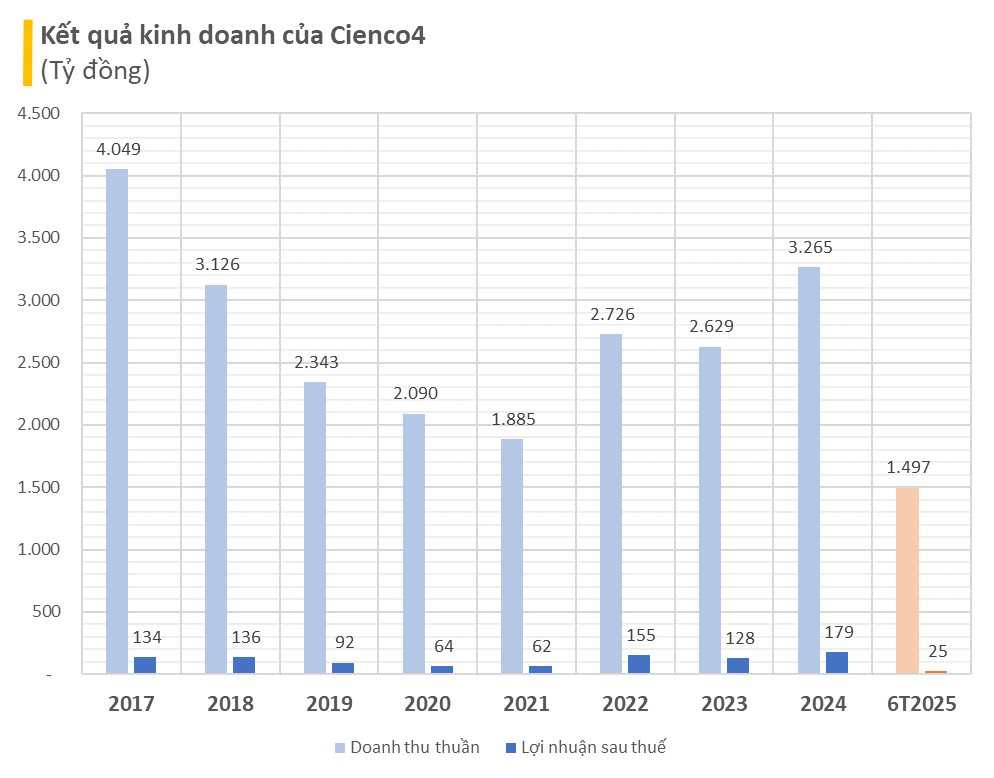
In terms of business, construction is C4G’s primary activity, accounting for the majority of its revenue over the years. From 2018 to 2021, C4G’s performance was lackluster, with revenue declining and net profit plummeting to just 60 billion VND in 2021.
In 2022, the Group experienced a significant turnaround, with net revenue reaching 2,975 billion VND and after-tax profit hitting 168 billion VND—increases of nearly 48% and 153%, respectively, compared to the previous year. In 2024, C4G’s after-tax profit reached 179 billion VND, the highest since its listing.
For 2025, C4G has set ambitious growth targets, aiming for 4,000 billion VND in revenue and over 200 billion VND in after-tax profit. In the first six months, C4G achieved 1,497 billion VND in revenue and 25 billion VND in after-tax profit.
It’s worth noting that 2022 also marked the beginning of a vibrant period for public investment, with C4G’s capital surging from 1,000 billion VND to over 3,573 billion VND currently.
Beyond transportation infrastructure projects, C4G is also developing several real estate projects in Ho Chi Minh City and Nghệ An, including the Long Sơn Urban Area in Thái Hòa Town, the 61 Nguyễn Trường Tộ project, and the 29 Quang Trung project.
As of June 30, 2025, C4G’s total assets stood at 9,041 billion VND, a decrease of 368 billion VND from the beginning of the period. Total liabilities currently exceed 5,100 billion VND, with loan debt accounting for 57% at nearly 2,893 billion VND. C4G’s equity is now at 3,940 billion VND.
A Decade of Dedication: The Transformation of National Highway 13
The expansion and upgrade project of National Highway 13 was appraised by the former Binh Duong province, but before approval, the management changed due to a provincial merger.
No Wasted Toll Road Fees
“Vietnam’s Ministry of Transport has big plans for the country’s highway network, with 10 new toll roads proposed to be built and operated under the newly passed Road Law. The Ministry has assured the public that with these new BOT projects, there will be no double tolling, addressing a common concern among road users.”
Unlocking Speedy Success: Ministry of Transport’s Impressive First Half with High Disbursement Rates and Fast-Tracked Expressway Projects
Several North-South Expressway components are on track to be completed ahead of schedule, with potential time savings ranging from 3 to 6 months, or even up to 8 months. Marking a significant milestone, the construction of the final two projects on the Ho Chi Minh Road has commenced, bringing the goal of a fully connected route by 2025 closer to reality. The Ministry of Transport continues to maintain its position as one of the top-performing ministries in terms of disbursement of public investment capital nationwide.

